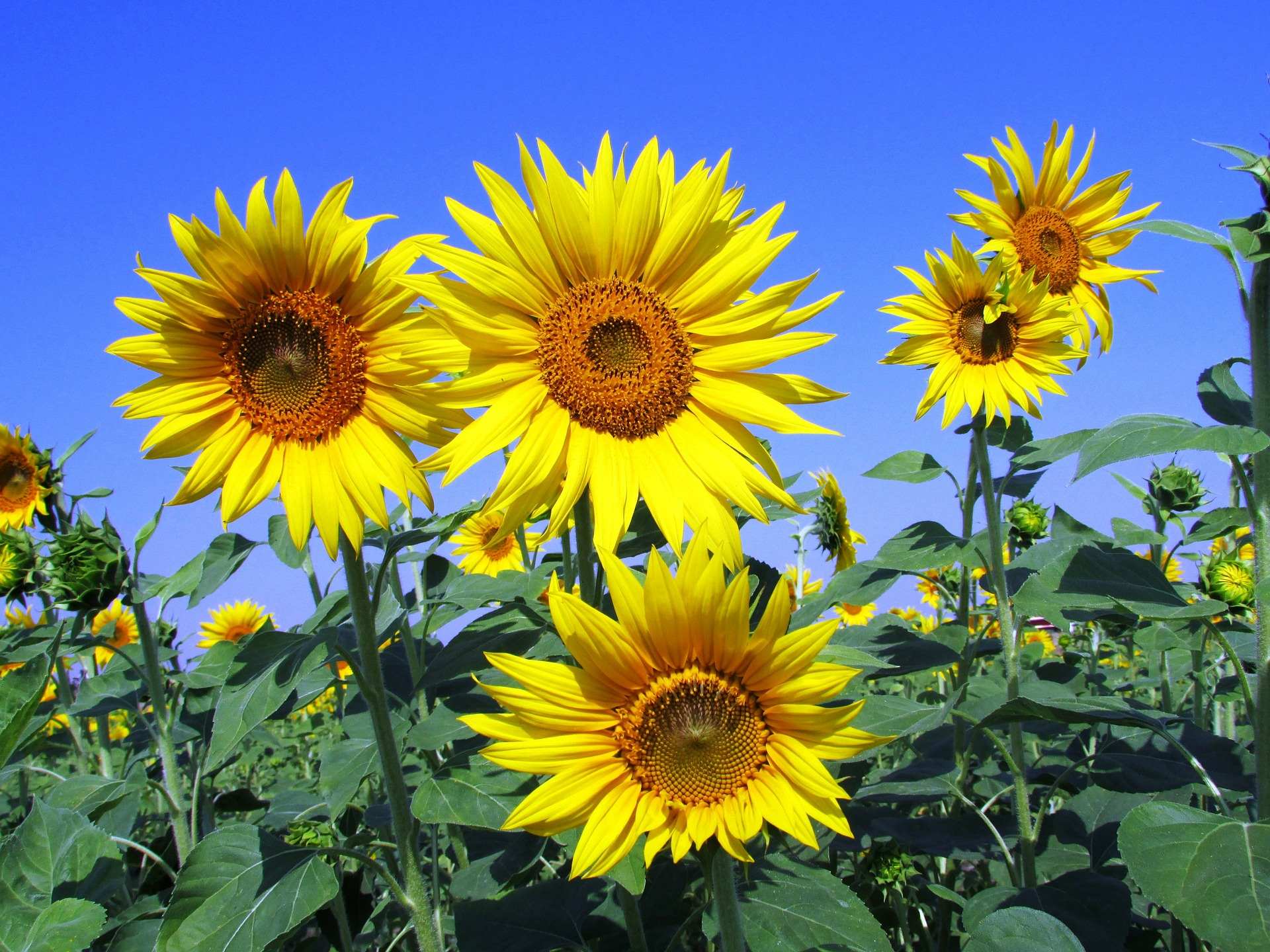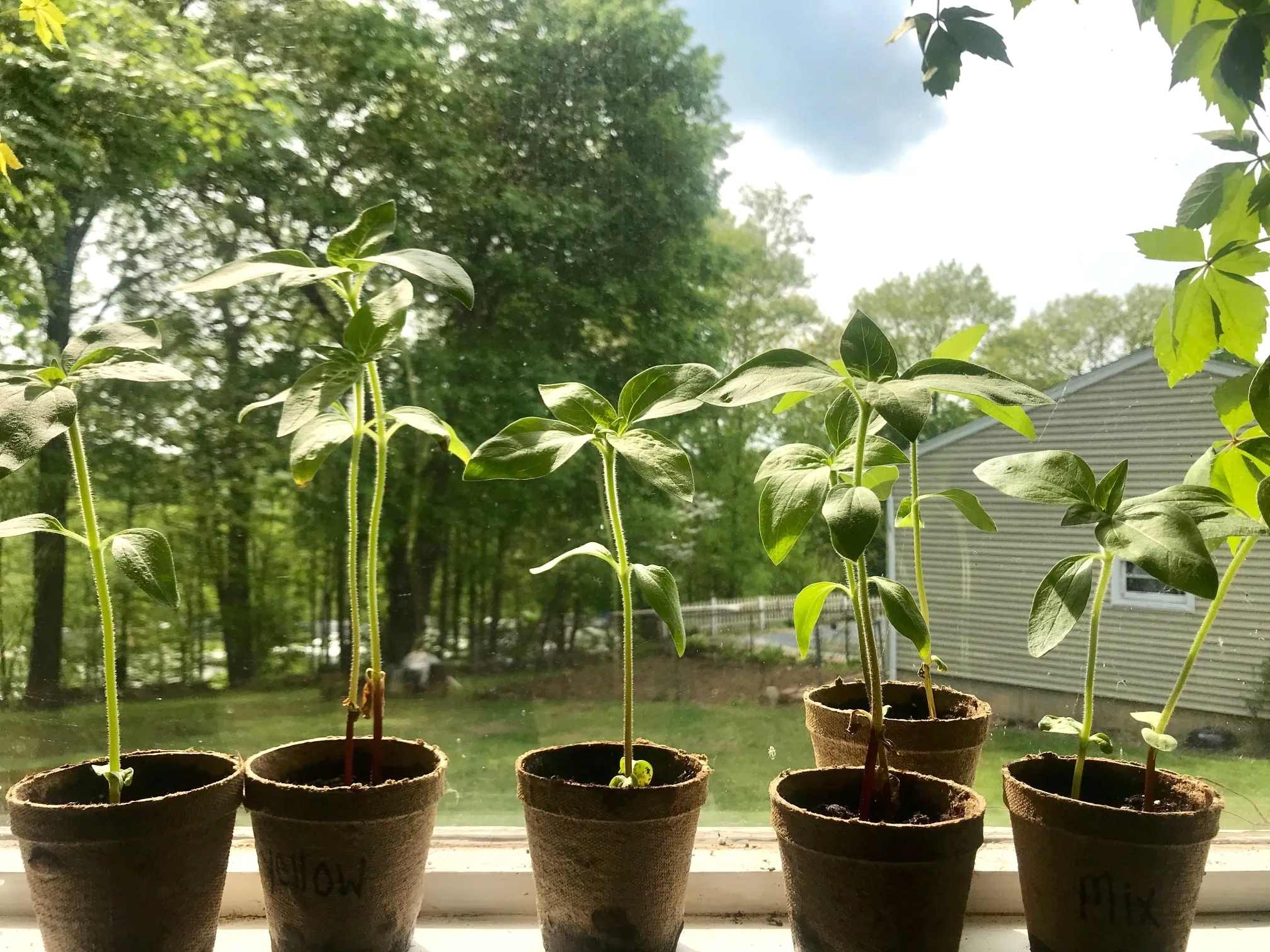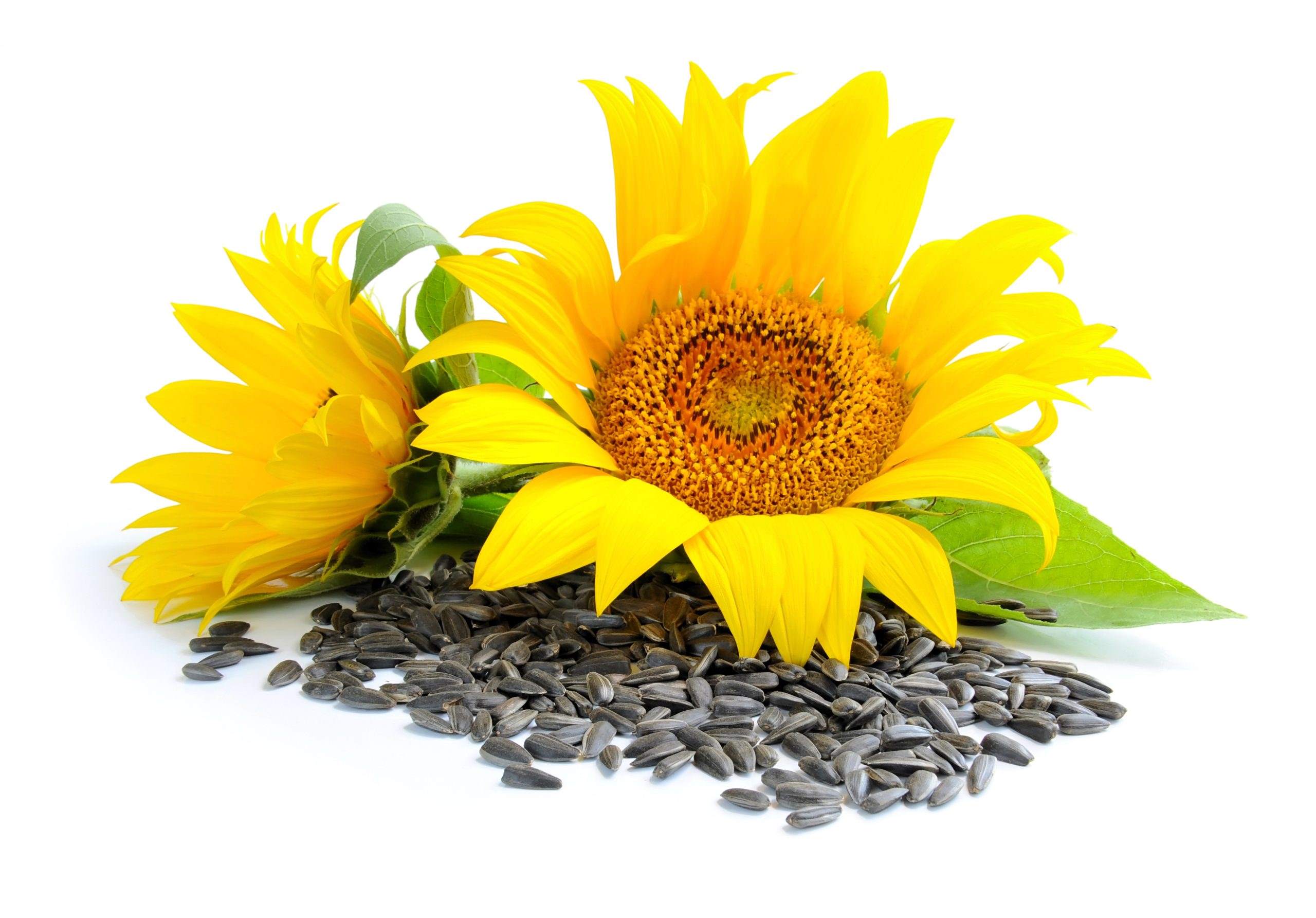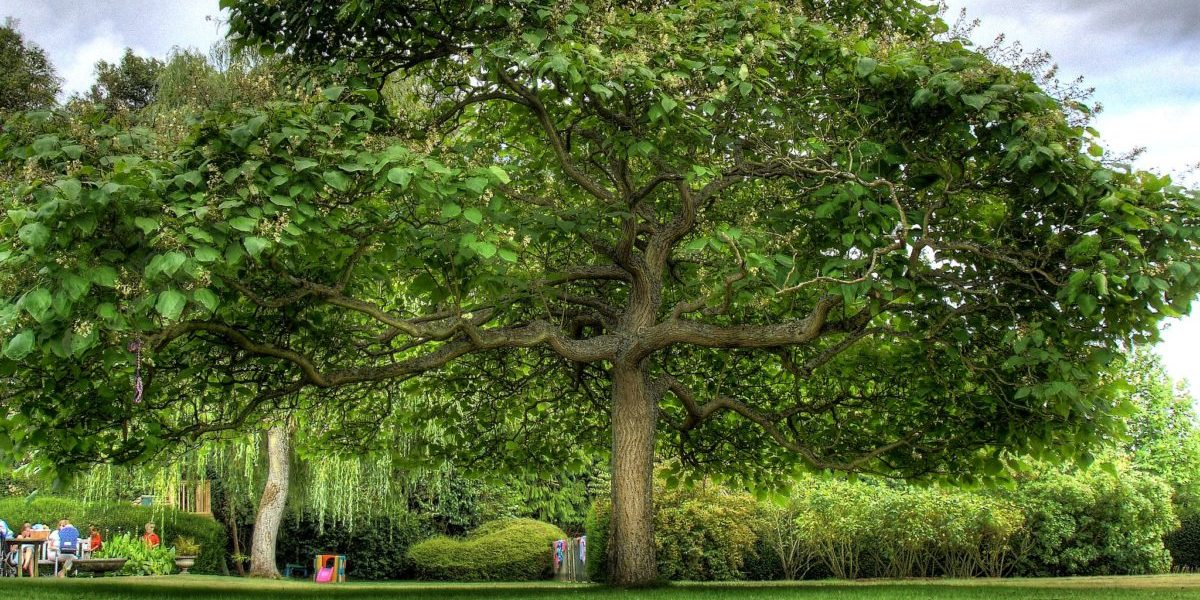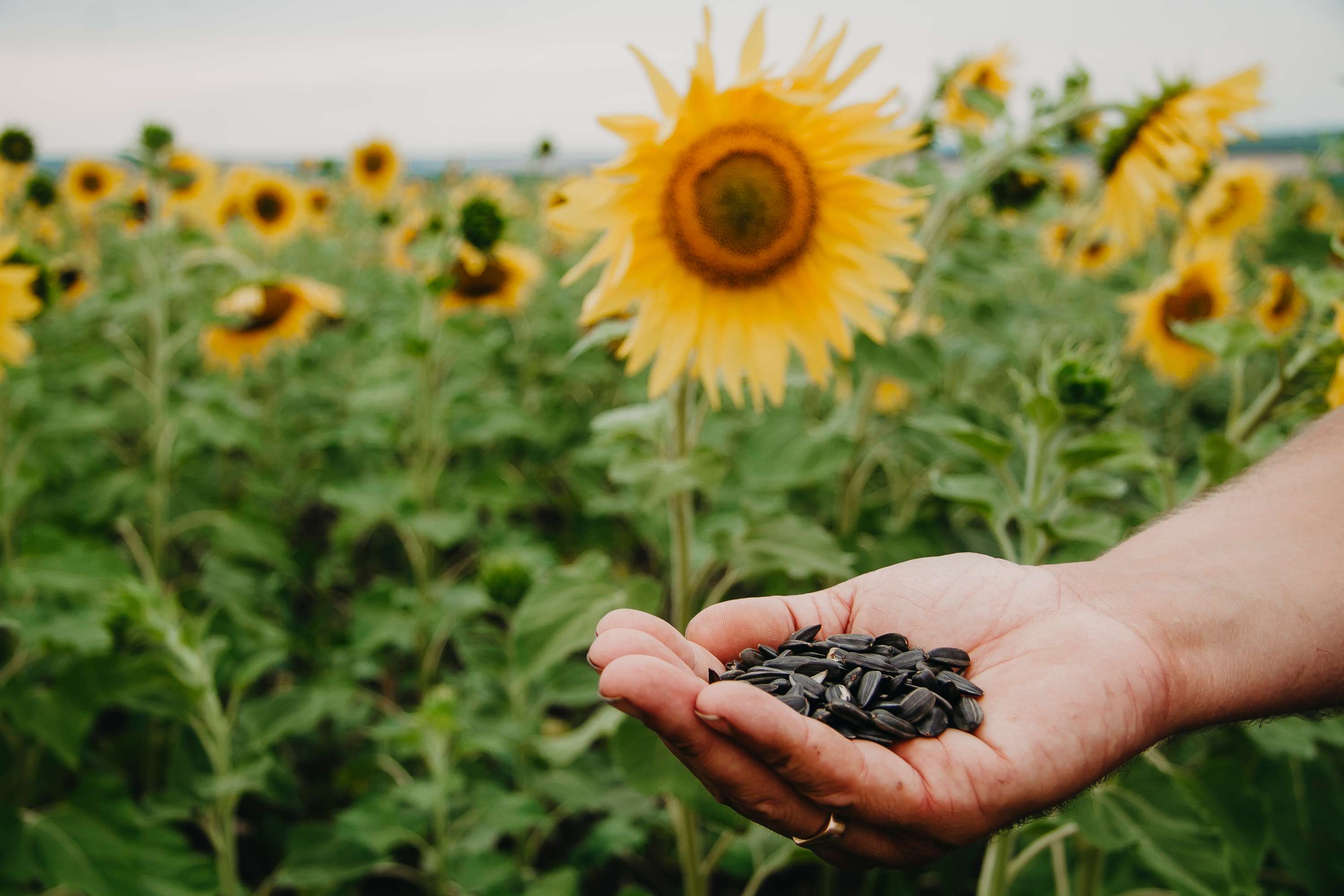Home>Gardening Tips and Tricks>Problem Solving>How Are Sunflower Seeds Made


Problem Solving
How Are Sunflower Seeds Made
Modified: January 22, 2024
Learn how sunflower seeds are made and discover the problem-solving benefits they offer. Explore our comprehensive guide today!
(Many of the links in this article redirect to a specific reviewed product. Your purchase of these products through affiliate links helps to generate commission for Chicagolandgardening.com, at no extra cost. Learn more)
Table of Contents
Introduction
Sunflower seeds are a popular snack enjoyed by people all over the world. Whether you’re munching on them at a baseball game or adding them to your favorite salad, you’ve probably wondered how these tasty treats are made. In this article, we’ll take a closer look at the process of turning sunflowers into the crunchy, flavorful seeds we love.
Sunflower seeds come from the sunflower plant, scientifically known as Helianthus annuus. These vibrant plants are native to North America but are now cultivated in many parts of the world. The sunflower plant can grow to be quite tall, reaching heights of up to 10 feet or more. With their large, yellow flowers and distinctive seeds, sunflowers are not only a beautiful addition to gardens but also an important crop for commercial purposes.
The journey of sunflower seeds begins with the growth of the sunflower plant. Sunflowers typically thrive in locations with plenty of sunlight and well-drained soil. They require a warm climate to grow optimally, with temperatures ranging between 70 to 78 degrees Fahrenheit. The plants also need sufficient water to flourish, especially during their early growth stages.
Once the sunflower plants have reached maturity, usually after about 80 to 100 days, they enter the harvesting stage. This is when the large yellow flower heads, which contain hundreds of individual florets, are ready for collection. The timing of the harvest is crucial, as it affects both the quantity and quality of the seeds.
Sunflower Plant Growth
Sunflowers are known for their impressive height and striking yellow flowers. The growth of a sunflower plant can be divided into several stages, each playing a crucial role in the development of the plant and the eventual production of sunflower seeds.
It all begins with the planting of sunflower seeds in the spring, typically after the threat of frost has passed. Sunflowers prefer direct sunlight and well-drained soil, so selecting the right location is key to their successful growth. Once planted, the seeds germinate and sprout, sending their roots deep into the soil.
As the sunflower plants grow, they develop a sturdy stem that can reach impressive heights. Some varieties can grow up to 10 feet or more, depending on the specific cultivar and growing conditions. The stem is topped with large, broad leaves that help in photosynthesis, the process by which plants convert sunlight into energy.
After several weeks of growth, the sunflower plants produce buds that eventually bloom into magnificent yellow flowers. These flowers consist of ray florets and disk florets, arranged in a spiral pattern. The ray florets, which are responsible for the vibrant yellow petals, surround the disk florets in the center. The flowers attract pollinators like bees and butterflies, which play a vital role in the reproduction process.
Once pollination occurs, the disk florets in the center of the sunflower head begin to develop into seeds. As the seeds mature, the flower head becomes heavier and starts to face the sun. This phenomenon, known as heliotropism, allows the seeds to receive maximum sunlight, ensuring proper growth and maturation.
Throughout the growth process, sunflowers require consistent watering to thrive. Adequate hydration is especially crucial during the initial stages when the roots are establishing themselves in the soil. Additionally, fertilization is necessary to provide essential nutrients to the plants and promote healthy growth.
After a period of approximately 80 to 100 days, depending on the variety, the sunflower plants reach maturity. At this stage, the flower heads have dried and the seeds are ready to be harvested. The process of extracting the sunflower seeds begins, marking the next step in their journey from plant to snack.
Harvesting Sunflower Heads
Harvesting sunflower heads is a crucial step in the production of sunflower seeds. The timing of the harvest is essential to ensure optimal seed quality and yield. Let’s delve into the process of collecting the sunflower heads and preparing them for seed extraction.
When the sunflower plants have reached maturity, the flower heads begin to wither and dry out. The outer petals of the flower head turn brown and the center disk florets transform from yellow to a dark brown or black color. This is a clear indication that the seeds inside the sunflower head are ready for harvesting.
To harvest the sunflower heads, they are typically cut from the stem using pruning shears or sharp knives. Care must be taken to ensure that the heads are removed intact, as any damage or breakage can lead to loss of seeds during the subsequent processing stages.
It is preferable to harvest sunflower heads on dry and sunny days. This helps to minimize the moisture content of the flower heads, reducing the risk of mold or mildew formation during storage. Moisture can also hamper seed extraction and affect the overall quality of the seeds.
Once the sunflower heads are harvested, they are typically left to dry further in a warm and well-ventilated area. This facilitates the drying process and ensures that the seeds inside the heads achieve the desired moisture level for efficient extraction and storage.
Some commercially-oriented sunflower farms use specialized equipment to harvest the flower heads. These machines cut and collect the heads in a controlled manner, reducing the manual labor required and improving overall efficiency.
Harvesting sunflower heads at the right time is crucial for maximizing the yield of high-quality sunflower seeds. When done correctly, it sets the stage for the subsequent steps in the production process, which include extracting the seeds from the flower heads and preparing them for consumption or distribution.
Removing Sunflower Seeds
After the sunflower heads have been harvested and dried, the next step in the process is to remove the seeds from the flower heads. This crucial step involves separating the seeds from the rest of the flower head, which consists of the outer petals, the central disk florets, and the protective bracts.
There are several methods used to remove sunflower seeds from the flower heads, and the choice of method depends on the scale of production and specific requirements. One common method is manual extraction, where the flower heads are carefully squeezed or twisted to loosen the seeds. The seeds are then easily separated from the rest of the flower head by hand.
On a larger scale, mechanical methods are employed to remove sunflower seeds. These methods involve the use of specialized machines that separate the seeds from the flower heads. The flower heads are fed into the machine, which applies pressure or utilizes rotating plates to extract the seeds. The seeds are then collected, and the remaining parts of the flower head are discarded.
During the seed removal process, it is essential to ensure the quality of the seeds. Any damaged or discolored seeds should be removed as they can affect the overall taste and texture of the final product. Additionally, separating the seeds from any remaining plant material, such as stems or bracts, helps maintain the purity of the seeds.
Removing sunflower seeds requires precision and care to ensure that the seeds are not crushed or damaged. The extraction process should be gentle to preserve the integrity of the seeds and prevent any loss of flavor or nutritional value.
Once the seeds are separated from the flower heads, they are ready for the next stages of processing, which include cleaning and drying to prepare them for consumption or further production.
Cleaning and Drying Sunflower Seeds
Once the sunflower seeds have been extracted from the flower heads, they go through a cleaning and drying process. This essential step helps remove any remaining plant debris and moisture, ensuring that the seeds are of high quality and ready for consumption or further processing.
The first step in cleaning the sunflower seeds is to remove any larger impurities, such as broken seeds, stems, or plant parts. This is typically done by passing the seeds through a series of sieves or screens with different mesh sizes. The sieves allow the smaller and intact seeds to pass through while catching the larger debris.
After the initial cleaning, the sunflower seeds may undergo a secondary cleaning process to further remove any smaller impurities or foreign matter. This can be achieved using air separators or gravity tables, which rely on the differences in density to separate the seeds from lighter impurities.
Once the seeds have been cleaned, they are then subjected to a drying process to reduce their moisture content. Excess moisture can lead to the growth of mold or other contaminants, compromising the quality and shelf life of the seeds.
The drying process typically involves spreading the seeds in a thin layer on drying racks or trays. These trays are placed in well-ventilated drying rooms or dryers, where warm air is circulated to accelerate the evaporation of moisture. It is important to monitor the temperature and humidity during the drying process to prevent overheating or over-drying, which can damage the seeds.
Depending on the desired moisture level and ambient conditions, the drying process can take several hours or days. The goal is to reach a moisture content that falls within the optimal range for seed storage and preservation.
After the sunflower seeds have been thoroughly cleaned and dried, they are ready for the next stage of processing, which often involves roasting or packaging for distribution. The clean and dry seeds are not only visually appealing but also maintain their freshness and flavor for an extended period.
Roasting Sunflower Seeds
Roasting is a popular method of preparing sunflower seeds for consumption. It enhances their flavor, texture, and overall enjoyment as a snack. The process of roasting sunflower seeds involves subjecting them to high heat, which brings out their natural nuttiness and imparts a delicious crunch.
Before roasting, it is important to ensure that the sunflower seeds are clean and dry. Any remaining moisture can affect the roasting process and result in unevenly roasted seeds. Once the seeds are ready, they can be flavored or left plain, according to personal preference.
The roasting process generally begins by preheating the oven to a moderate temperature, usually around 325 to 350 degrees Fahrenheit (163 to 177 degrees Celsius). The cleaned and dried sunflower seeds are spread in a single layer on a baking sheet or a shallow roasting pan. This allows for even heat distribution and ensures that the seeds roast uniformly.
The seeds are then placed in the preheated oven and roasted for approximately 10 to 15 minutes. However, the roasting time can vary depending on personal preference and desired level of crispiness. Some individuals prefer lightly toasted seeds, while others enjoy a darker, more caramelized flavor.
While the seeds are roasting, it is essential to periodically check and stir them to prevent uneven cooking or burning. This helps ensure that all the seeds are exposed to the heat, resulting in a consistent roast. It is also an opportunity to release any trapped steam, which can affect the crispness of the seeds.
Once the sunflower seeds have achieved the desired level of roast, they are removed from the oven and left to cool completely. During cooling, the seeds will continue to crisp up, so it is important not to overdo the roasting process.
Roasted sunflower seeds can be enjoyed as a standalone snack or used in various culinary creations. They add a delightful crunch and a burst of flavor to salads, breads, granola bars, and other recipes.
It is worth noting that commercial production of roasted sunflower seeds may involve more specialized equipment, such as industrial roasting machines or continuous microwave roasting techniques. These methods help maintain consistency and efficiency in large-scale production while ensuring that the seeds are roasted to perfection.
Packaging and Distribution
Once the sunflower seeds have been harvested, cleaned, dried, and roasted, the next step in the process is packaging and distribution. Proper packaging ensures the freshness, quality, and preservation of the seeds, while efficient distribution ensures that they reach consumers in a timely manner.
When it comes to packaging sunflower seeds, there are various options available. Commonly, they are packaged in sealed plastic bags, resealable pouches, or jars. These packaging materials help protect the seeds from moisture, light, and air, which can affect their taste, texture, and shelf life. The packaging may also include labels that provide essential information, such as the product’s nutritional content, allergen information, and expiration date.
In addition to individual packaging, sunflower seeds are also packaged in larger quantities for commercial use. Bulk packaging, such as large bags or containers, allows for easy distribution to food manufacturers, restaurants, or other businesses that incorporate sunflower seeds into their products.
Once packaged, the sunflower seeds are ready for distribution. Distribution can occur through various channels, including retail stores, supermarkets, online platforms, and wholesale suppliers. Distributors play a crucial role in ensuring that the sunflower seeds are available to consumers across different regions and markets.
Efficient distribution involves managing inventory, implementing supply chain logistics, and coordinating with retailers or wholesalers. It ensures that the sunflower seeds are delivered promptly and in optimal condition to meet consumer demand.
In recent years, there has been a growing trend towards sustainable and eco-friendly packaging. This includes using biodegradable materials or incorporating recycled content in packaging. These initiatives aim to reduce waste and minimize the environmental impact of packaging and distribution processes.
It is important for distributors and retailers to store the packaged sunflower seeds in suitable conditions to maintain their freshness and quality. Proper storage includes keeping the seeds in a cool, dry place away from direct sunlight and other potential sources of heat or humidity.
Ultimately, packaging and distribution play a crucial role in ensuring that sunflower seeds reach consumers in a convenient and enjoyable way. Whether purchased off the shelf or delivered to their doorsteps, consumers can savor the deliciousness of sunflower seeds, thanks to efficient packaging and distribution efforts.
Conclusion
The journey from sunflower plant to the delectable sunflower seeds we enjoy as a snack involves several crucial steps. Understanding the process behind the making of sunflower seeds gives us a greater appreciation for the time, effort, and expertise involved in producing this popular and nutritious treat.
It all begins with the growth of sunflower plants, which require optimal conditions of sunlight, water, and well-drained soil. As the plants mature, the vibrant yellow flowers transform into seed-filled heads, indicating they are ready for harvesting.
Harvesting the sunflower heads at the right time ensures the seeds are of the highest quality. Once the heads are collected, the seeds are carefully extracted, separating them from the rest of the flower head. Cleaning and drying the seeds are important steps to remove impurities and reduce moisture content.
Roasting the sunflower seeds brings out their natural flavor and creates a delightful crunch. This process enhances their taste and makes them a popular and versatile ingredient in various culinary creations.
Proper packaging ensures the freshness and preservation of the sunflower seeds. From individual packs to bulk containers, packaging options cater to diverse consumer preferences and quantity requirements. Efficient distribution channels, whether through retail stores or online platforms, ensure that sunflower seeds are readily available to consumers worldwide.
The journey from sunflower plant to sunflower seeds showcases the dedication, skill, and attention to detail of those involved in the process. From farmers who cultivate the sunflower plants to manufacturers who clean, roast, and package the seeds, each step in the production chain contributes to the creation of a satisfying and enjoyable snack.
So, the next time you reach for a bag of roasted sunflower seeds, take a moment to appreciate the journey they have gone through. From their humble beginnings as a flower on a towering sunflower plant to the delicious and nutritious treat in the palm of your hand, sunflower seeds bring joy and satisfaction to countless individuals around the world.
